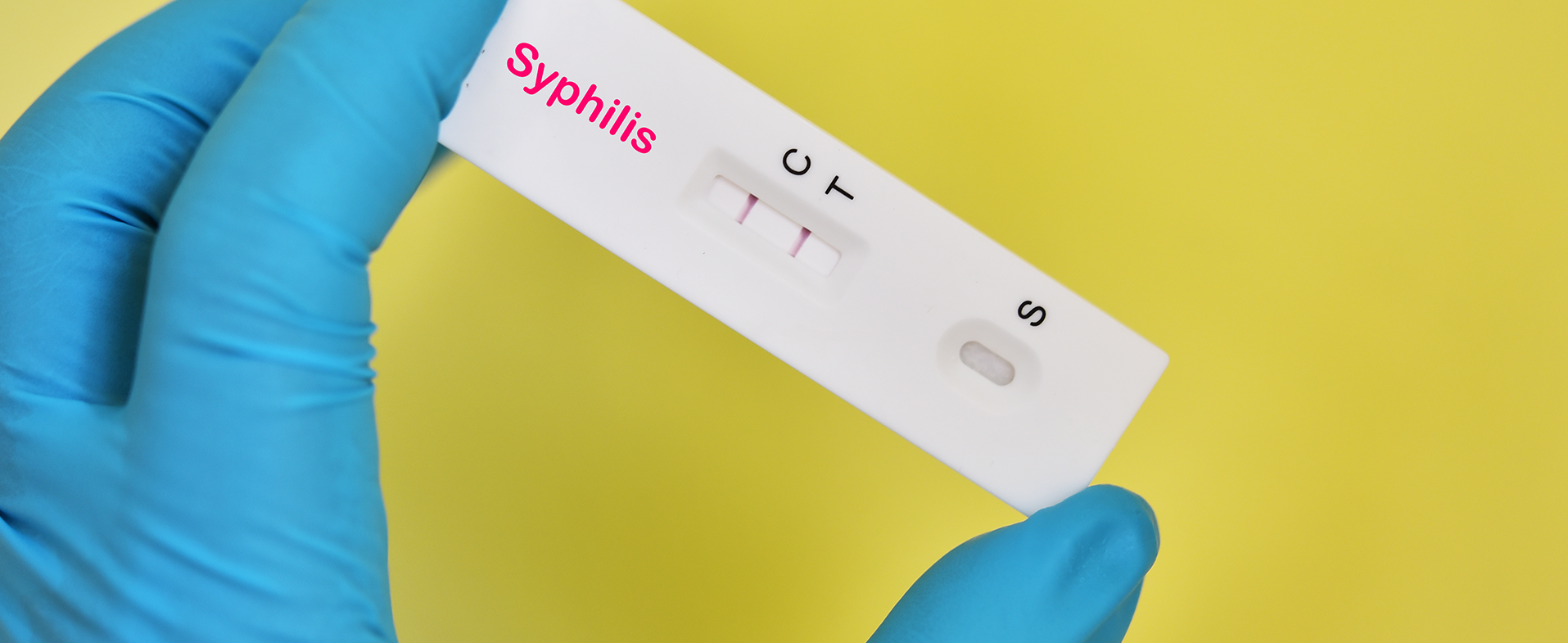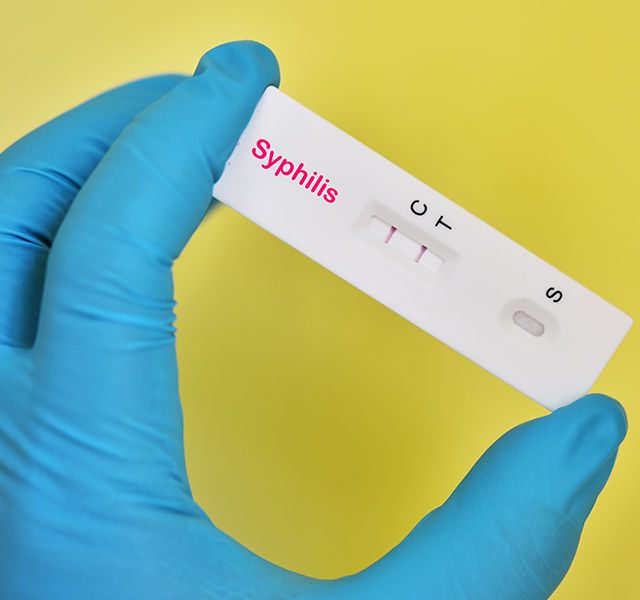Cases of sexually transmitted infections (STIs) have been rising in the United States. In 2021, there were more than 2.5 million reported cases of chlamydia, gonorrhea and syphilis—an all-time high for those diseases. And those are just three of many infections transmitted by sexual activity. Overall, there are an estimated 20 million new cases of STIs in the U.S. each year.
People of all ages and genders are at risk of catching these common infections. “If you’re sexually active, STI testing should be on your radar,” says Anita Shallal, M.D., an infectious disease doctor at Henry Ford Health.
Testing is easier than ever. In 2024, the U.S. Food and Drug Administration (FDA) approved an at-home blood test to screen for syphilis. The following year, the FDA approved a vaginal home test for women that tests for three sexually transmitted infections: chlamydia, gonorrhea and trichomoniasis.
The advent of at-home STI testing is a helpful development—but don’t expect the test to replace your doctor, Dr. Shallal says. “Testing at home is appealing because it’s a convenient and private option. But there are caveats,” she adds. “It’s important to understand what these tests can do—and understand their limitations.”
Over-the-Counter STI Testing
The new at-home tests are available without a prescription. They both give results right away, without sending samples to a lab for analysis. Here’s what to know about the options before you go the home-testing route.
At-home syphilis test
This blood test involves pricking your finger and putting a drop of blood on a test strip. Results are available in about 15 minutes. A positive test means you might have syphilis, but more testing is needed to confirm the diagnosis. If you’ve had syphilis in the past, the test is likely to give a positive result, even if you’ve been successfully treated. If you receive a positive test, contact your doctor for additional lab testing.
At-home test for chlamydia, gonorrhea and trichomoniasis
This test is only available for females, since it requires collecting a sample with a vaginal swab. The test takes about 30 minutes to complete at home. Studies found the test could correctly identify more than 97% of negative and positive cases of the three infections, in women with and without symptoms.
The Limits of Home STI Tests
At-home STI testing is a useful tool. Still, the tests aren’t foolproof. There’s the possibility that you could receive a false negative (a negative result when you actually have the infection) or a false positive (a test that gives a positive result even though you don’t have an infection). And because they are done at home rather than by a trained medical professional, there’s also some risk of user error that could result in an incorrect result, Dr. Shallal cautions.

It's also important to remember that home tests only work for a few of the STIs present in the population. In other words, a negative at-home test is good news—but it doesn’t tell you everything you need to know about your sexual health.
“Even if you have a negative home test, you should talk to your doctor about which STI screenings are recommended and how often to have them,” she says. “And of course, if you test positive with a home test, it’s important to follow up soon with a health care provider to get treated,” she adds.
Another benefit to being seen in person by a doctor: treatment for your partner. Some states, including Michigan, allow expedited partner therapy—a program that allows doctors to write a prescription to treat their patient’s sexual partner without requiring the partner to come in for an exam first. Treating both sexual partners can help them stay healthy and prevent the spread of STIs through the population.
STI Screening Recommendations
STIs don’t always cause symptoms, so it’s possible to have one and not realize it. Even without symptoms, though, STIs can be serious. Without treatment, they can lead to problems like pelvic inflammatory disease, infertility, cancer or serious heart and brain damage. That’s why tests are so important.
Screening recommendations for STIs vary depending on factors like your age, your sex and gender and what type of sexual activity you engage in. People who are sexually active should check in with their doctor at least once a year to discuss what STI tests might be needed. You might need more frequent STI testing if you have:
- A current or former sexual partner who is diagnosed with an STI
- A new sexual partner
- Multiple sexual partners
- Symptoms such as genital itching, sores or unusual discharge
It might feel awkward to talk about sexual health with your doctor, but it’s too important not to. “If you’re sexually active, STI testing is something you can’t ignore,” Dr. Shallal says.
Reviewed by Anita Shallal, M.D., an infectious disease doctor at Henry Ford Health and Medical Director of Infection Prevention & Control at Henry Ford Hospital.



